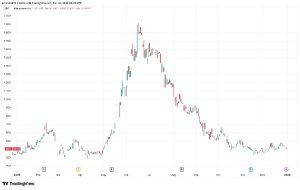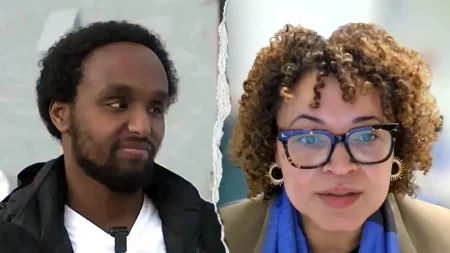Congress at an Impasse: The Search for a Temporary Funding Solution
As the end of the fiscal year approaches, lawmakers on Capitol Hill face a familiar challenge: how to keep the government’s lights on beyond September 30th. Both Republicans and Democrats acknowledge the necessity of a stopgap funding measure to prevent a government shutdown, but the path to agreement remains unclear. The two parties, while united on the need for temporary funding, remain divided on the specifics of what such legislation should include and how long it should last.
The situation highlights the persistent difficulties in America’s budgeting process, where short-term continuing resolutions have increasingly replaced comprehensive appropriations bills. This pattern reflects deeper polarization in Congress, where even routine financial matters become battlegrounds for competing political priorities. Republican lawmakers generally favor a “clean” continuing resolution that maintains current funding levels with minimal additional provisions, while many Democrats seek to include various policy priorities or funding adjustments they consider essential. These differences, though seemingly navigable, take on greater significance in the current political climate where compromise is often viewed with suspicion by party bases.
The timing of this funding challenge adds another layer of complexity, occurring just weeks before a consequential national election. Neither party wants to be blamed for a government shutdown, yet both are wary of making concessions that might disappoint their core supporters or provide the opposition with a political victory. Leadership in both chambers is working behind the scenes to find a solution that can garner sufficient bipartisan support while minimizing political fallout, but the clock continues to tick toward the deadline with no clear resolution in sight.
For ordinary Americans, these congressional funding battles may seem distant and procedural, but their outcomes have real consequences for government services, federal employees, and the broader economy. A government shutdown, even a brief one, could disrupt everything from national parks to passport processing, while creating unnecessary uncertainty for markets and businesses that interact with federal agencies. The repeated reliance on last-minute continuing resolutions also prevents agencies from engaging in meaningful long-term planning, ultimately reducing government efficiency and effectiveness.
Despite the challenges, there remains cautious optimism that lawmakers will find a way to avoid a shutdown. Historical precedent suggests that even in times of deep partisan division, the practical and political costs of allowing funding to lapse eventually push leaders toward compromise. The most likely outcome appears to be a short-term extension that kicks substantive decisions down the road, potentially into a post-election lame-duck session when political pressures might be somewhat reduced. This approach, while far from ideal from a governance perspective, would at least prevent the immediate disruption of a shutdown.
As negotiations continue in the coming days, Americans will once again witness the strengths and limitations of our democratic system, where the messy work of compromise remains essential despite increasing polarization. The funding impasse serves as a reminder that even the most basic functions of government now operate against a backdrop of partisan competition, requiring constant negotiation and adjustment. Whether lawmakers can rise above these divisions to fulfill their fundamental responsibility of keeping the government operational will be a test not just of political skill, but of institutional resilience in an era of divided government.








